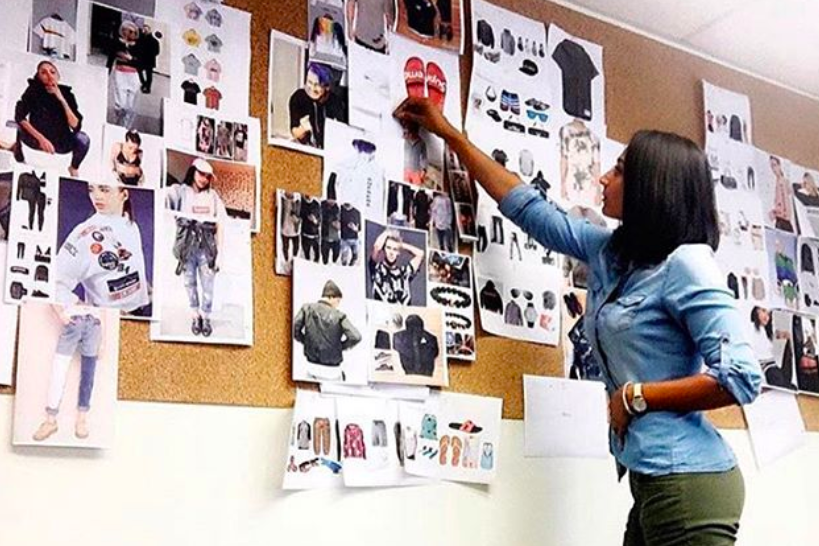Discover how organizational culture influences sustainable brand development in the global fashion industry. IL MODA BRANDS shares insights from ongoing doctoral research exploring ethical and fast fashion through a cultural and sustainability lens.
Read More



